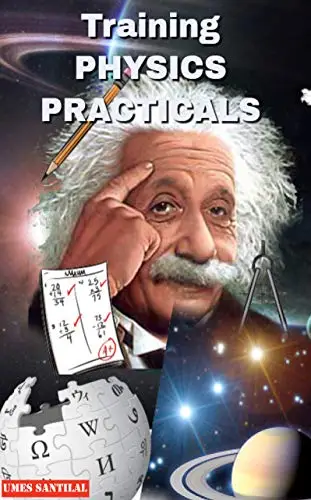Training PHYSICS PRACTICALS by Umes Santilal
English | 2020 | ISBN: N/A | ASIN: B08CS6GHNJ | 214 pages | EPUB | 0.20 Mb
English | 2020 | ISBN: N/A | ASIN: B08CS6GHNJ | 214 pages | EPUB | 0.20 Mb
Laboratory EquipmentThroughout this e book you'll see substances that have been marked with an asterisk (*). These are locally to be had materials which may be made or purchased to your laboratory. The guide for the use of and making those nearby materials are determined in the following section.BeakersUse: To preserve liquidsMaterials: Water bottles, juice boxes, lids for bottles or jars, and a knife Procedure: Take empty plastic battlesof different sizes. Cut them in 1/2. The base may be used as a beaker.Delivery TubeUse: For the movement and series of gases, capillary tubes, hydraulic pressMaterials: Straws, pen tubes, or pawpaw petiolesNeedlesUse: Compass needles, optical pins, making holes, flying wireMaterials: Office pins, stitching needles, needles from syringesDroppersUse: To upload small quantities of liquid to somethingMaterials: 2 mL syringesProcedure: Take a syringe. Remove the needle.FunnelUse: To manual liquid or powder right into a small openingMaterials: Empty water bottlesProcedure: Take an empty water bottle and eliminate the cap. Cut them in 1/2. The higher a part of the bottle may be used as a funnel.Heat SourceUse: Heating materialsMaterials: Candles, kerosene stoves, charcoal burners, or a moto poa stove Procedure: Cut a steel can in half of and upload a small amount of moto poaStopperUse: To cover the mouth of a bottle, preserve a capillary tubeMaterials: Rubber, cork, plastic water bottle capProcedure: Cut a round piece of rubber. If the stopper is being used to hold a capillary tube, a hole can be melted in a plastic cap or rubber stopper.



